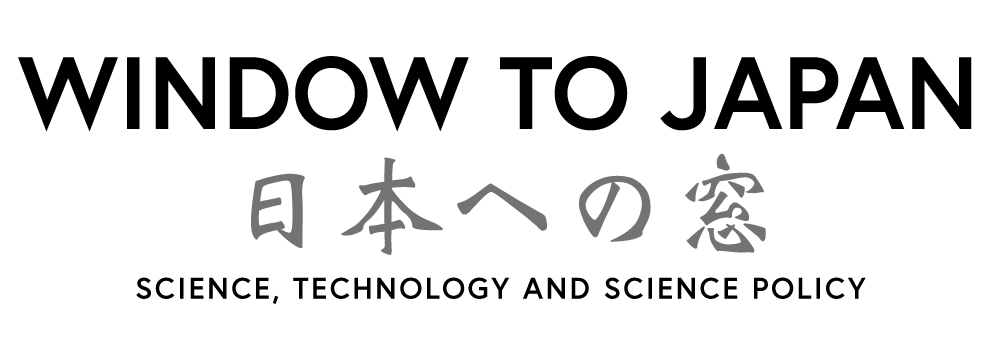https://bio.nikkeibp.co.jp/atcl/news/p1/22/11/04/10118/
Ergothioneine has antioxidant activity and is believed to improve brain function, thus of interest for applications in functional foods, cosmetics, and pharmaceuticals. Ergothioneine is produced only in very small amounts by mushrooms and microorganisms.
In the joint project, Nagase produces ergothioneine from highly genetically modified Escherichia coli. Hitachi Plant Services uses computing and machine learning to fine-tune culture conditions and propose methods of genetic modification that are advantageous for large-scale culture.
To increase yields, Nagase has introduced a highly functional ergothioneine synthase, adjusted the metabolic system to increase ergothioneine production, and identified and strengthened ergothioneine efflux transporters to improve the efflux capacity.

Hitachi and Hitachi Plant Services use simulation technology to optimize numerous parameters when scaling up cultures. When culture vessels are changed from laboratory scale to industrial scale, the optimal agitation and aeration methods also change. The two companies reproduce the conditions of the culture tank on a computer and simulate the changes that occur when the number of agitator blade rotations, shape of the culture tank, amount and position of aeration, size of bubbles, and physical properties of the culture medium are changed. The system determines and implements innovations that should be added from the laboratory scale to ensure successful culture when scaling up.

The joint project by the three companies calls to first scale up the production of ergothioneine using E. coli, and then, after optimizing the conditions, to establish a mass production system using 50-ton-level culture tanks. Currently, the company is culturing ergothioneine in units of several tons, which is one step short of the 50-ton level.


